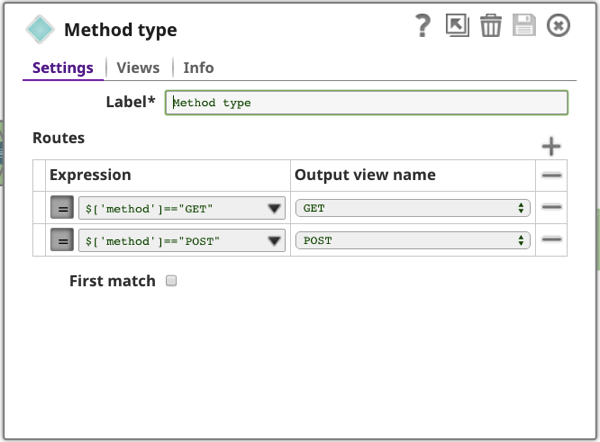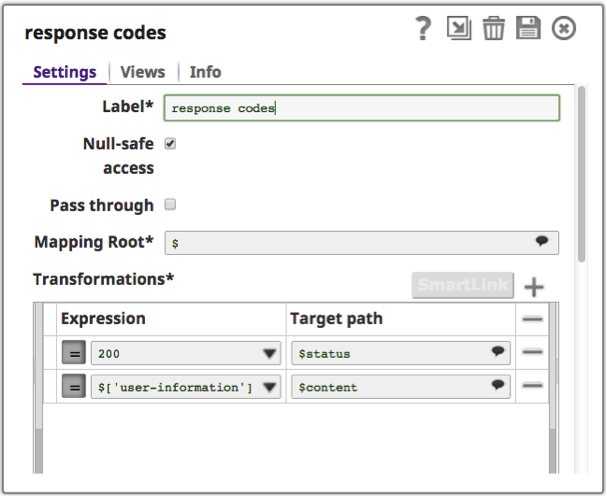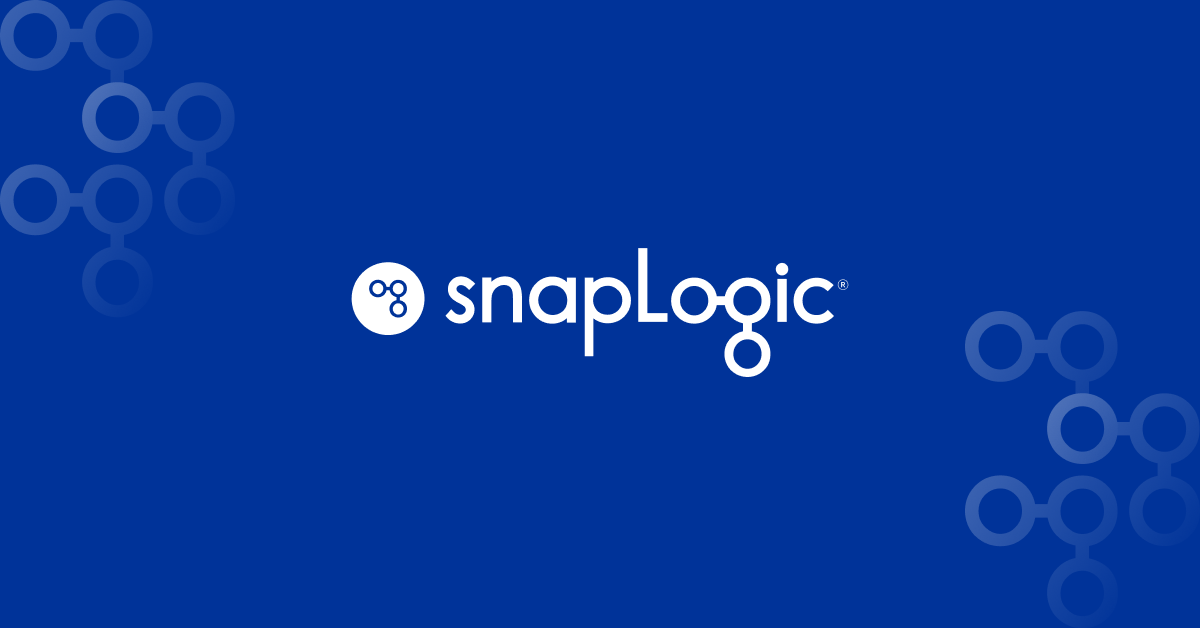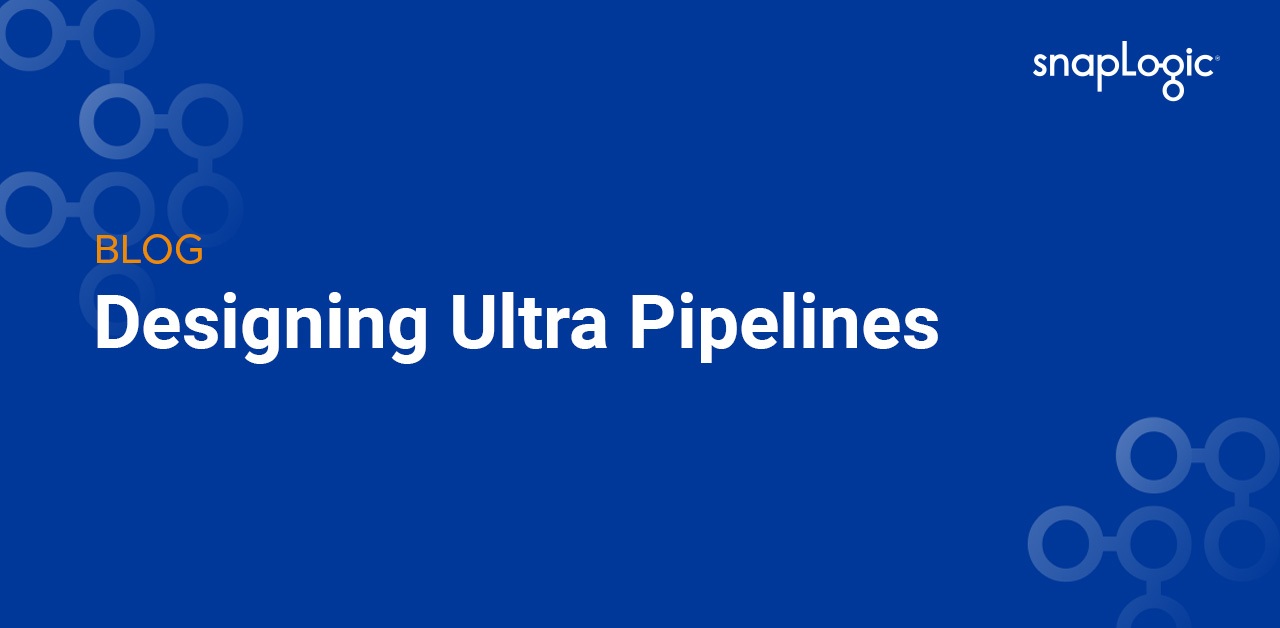In my first post on SnapLogic Ultra Pipelines, I began to review aspects to consider when designing these low-latency pipelines. Once you’ve determined the right number of views, you need to determine the type of views. The unconnected views in an Ultra Pipeline act as the gatekeepers of the task, receiving and returning documents from the external applications.
- Binary – Binary views can be used to stream binary data.
Use Case: Ultra pipeline can be used to implement an image capture solution to stream binary image data to a content management application. The Binary to Document converter Snap can be used as the starting Snap of the pipeline, with binary content available in the $content field.
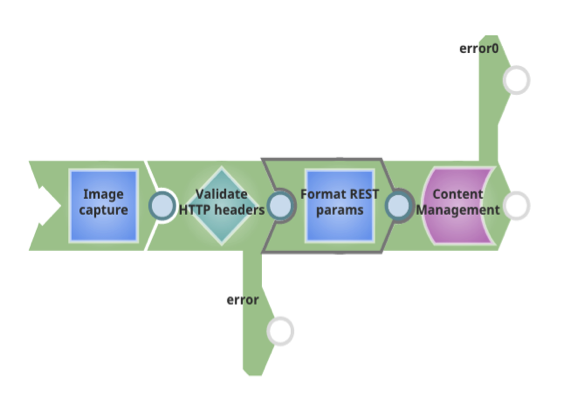
Use Case 2: Receiving a compressed binary stream, uncompressing and uploading to an endpoint.
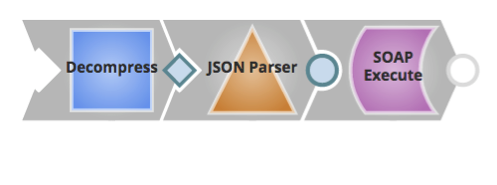
- Document – Document views should be used when the request/response HTTP headers need to be parsed or modified.
Use Case: In the pipeline shown below, the document input and output views are used to read and set the HTTP headers. A router Snap can be used to determine the method and content-type of HTTP request, based on which the pipeline can process XML or JSON content appropriately. The pipeline returns a custom HTTP status code set in the Snap ‘response codes.’
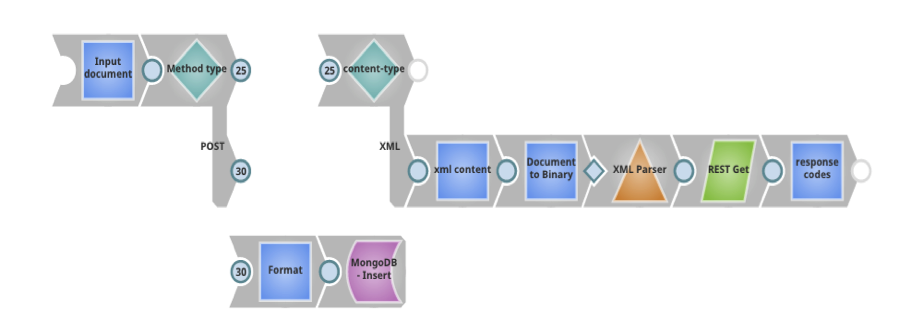
Configurations used in this pipeline include:
In my next post I’ll review Ultra Pipeline error and exception handling.



